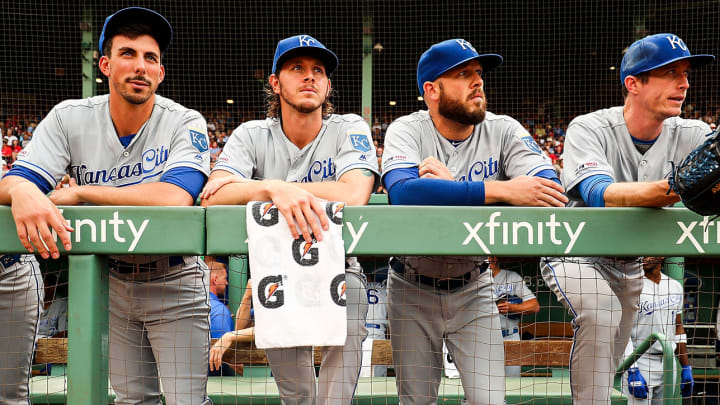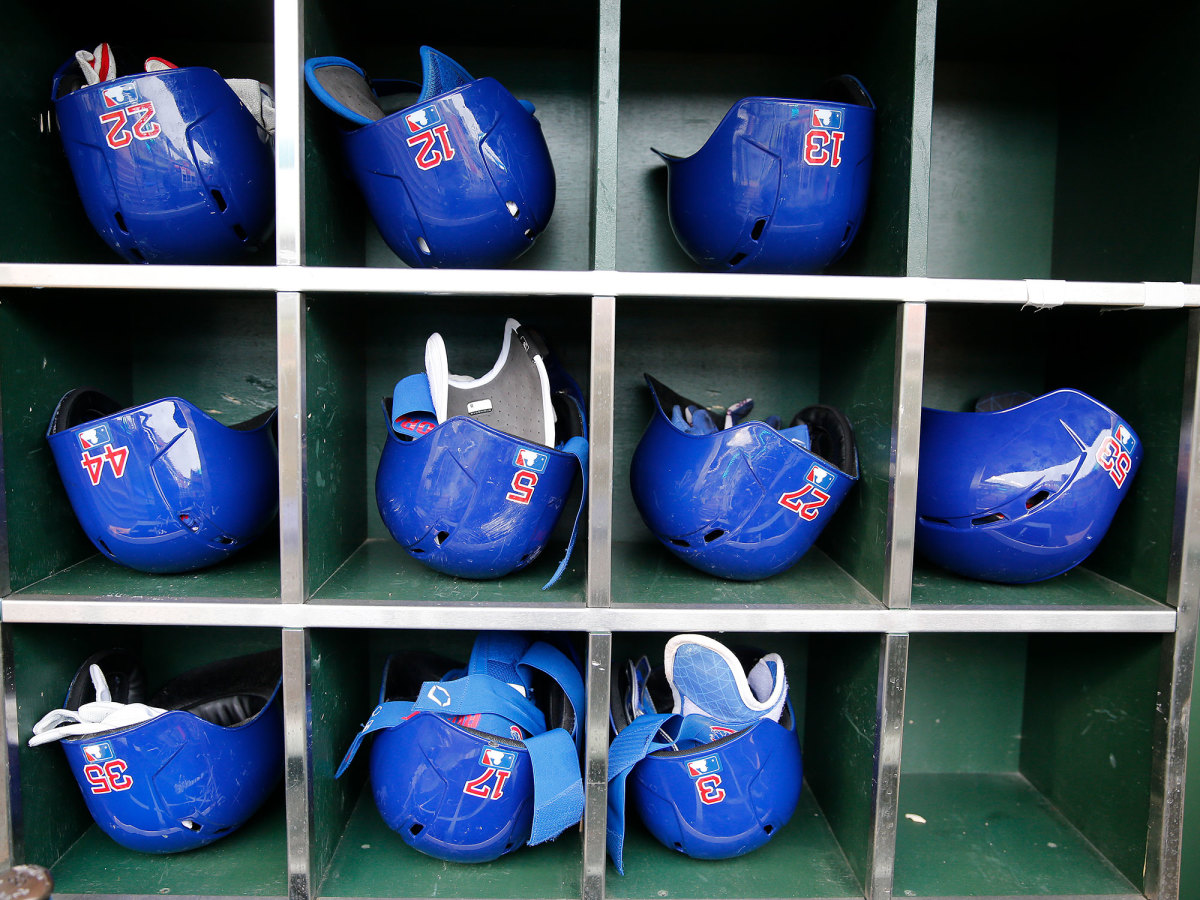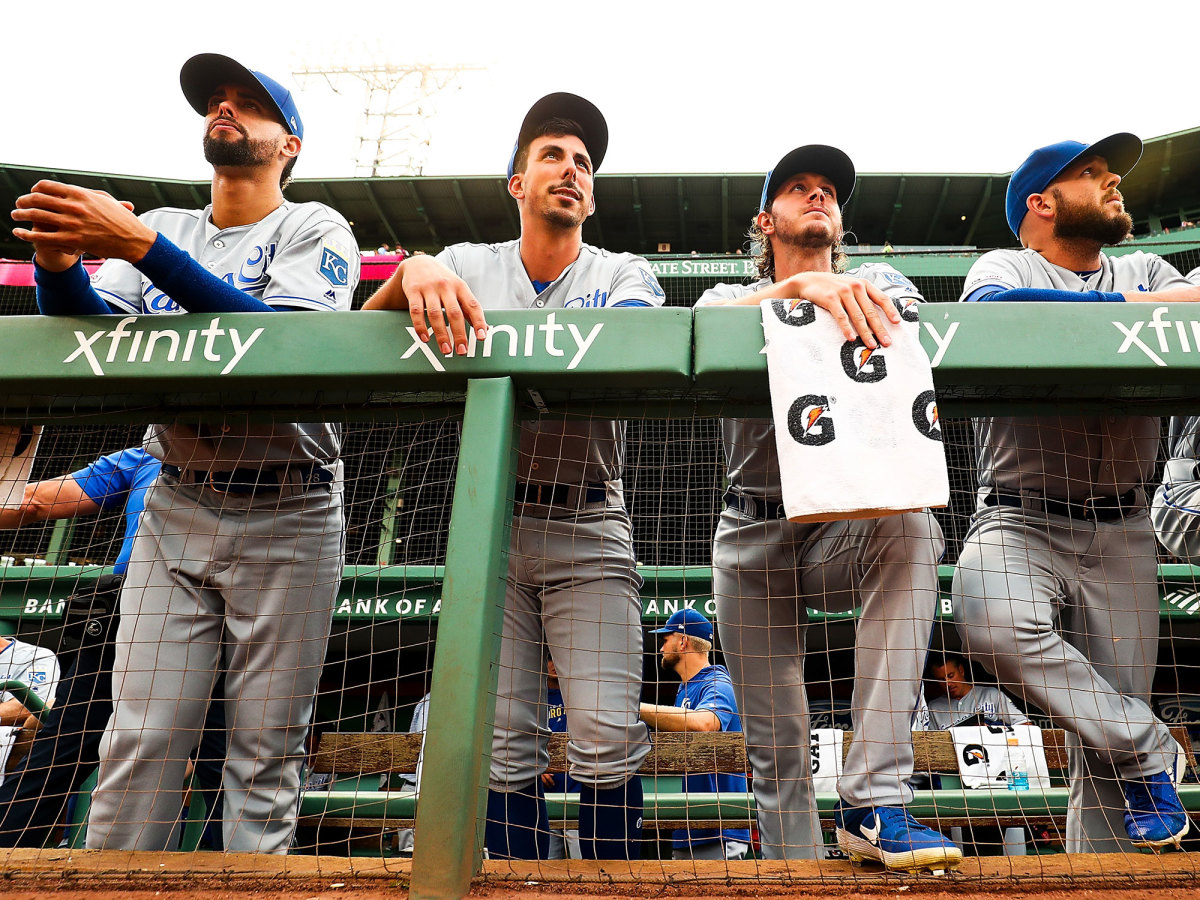How MLB Can Improve Its September Roster Problem

September is here, which means crowded dugouts, endless pitching changes and players you haven't seen since spring training are coming in tow. Historically (this season included), teams have been able to call up any player on their 40-man roster in September. Starting next season rosters must consist of 28 players in September, and top out at 26 players in every other month.
Roster expansion is still a hot-button topic in baseball circles, so our staff weighs in on the best way for roster manipulation to be handled in the final month of the regular season.
Tom Verducci
September baseball has been an outright travesty for years because of expanded rosters, but especially so recently because of bullpen usage. Oakland manager Bob Melvin averaged 5.2 relievers per game last September. That's a joke. The 26/13 rule (26 players, 13 pitchers max) for next year is a vast improvement. I would like to see a "floating" 25-man roster with a limit of 12 pitchers. You can call up as many players as you want from the 40-man roster, but have to designate your active 25 for each series. That way you always have fresh arms from series to series but you don't have the nonsense of 13-man bullpens as we do now.
Stephanie Apstein
The 40-man roster in September has always been ridiculous--why do they suddenly play a game with different rules just as teams are making a final push toward the playoffs? Even the 26th man for a doubleheader is silly. The only good roster rule is 25 men, 11 pitchers. That would do a lot more than the proposed three-batter minimum to preserve strategy while cutting down on the number of pitching changes.

Emma Baccellieri
When 40-man rosters disappear in 2020, I won't particularly miss them. (I can do without, say, 12 pitchers used by one team in one night.) But, of course, there is a reasonably practical purpose for them, and beyond that, they're good for the annual heartwarming story of a fringe-y minor-league journeyman who otherwise wouldn't have gotten the call. So maybe the ideal is somewhere in the middle—30- or 32-man expansion for September, for instance, rather than the 28-man expansion that we'll see in 2020? This should provide sufficient relief for exhausted rosters, while minimizing the potential for endless games stretched out by tons of pitching changes.
Jon Tayler
Aesthetically, I hate expanded rosters, because they usually mean more relievers, and more relievers means slower games. It’s also bizarre that, during a crucially important month, teams suddenly get half a dozen extra players to soak up innings and at-bats. But I support players getting called up, because for many (particularly non-prospect and career minor leaguer types), September is a combination of opportunity, vindication, and financial windfall.
My solution: take a page from the NFL and NHL playbooks. Rosters still expand, but teams have to declare a 25-man gameday roster, with the remaining players as inactive. Teams and players get the benefit of expanded rosters, but the games aren’t as negatively impacted by the influx.
Connor Grossman
When it comes to pace of play, MLB is best off regulating it via rule changes instead of roster changes. Fewer pitchers allowed on teams will shorten game times, in theory, but it won't have the desired effect like forcing pitchers to face three hitters. I've never had a problem with expanded September rosters and continue to be OK with it, so long as MLB continues to inch toward improving what's happening on the field. (But if I have to side with a change to implement, resetting rosters at the start of every series seems like a passable idea.)

Matt Martell
I dislike the idea of rosters expanding for one month of the season, especially when games supposedly matter most. Suggestion: Expand rosters for the entire season to 27, with at least 13 position players required. That way, teams don't have unlimited bullpens at their disposal, but with the extra reliever or two, they can also avoid having position players pitch in blowouts.
Michael Shapiro
I'm generally for roster expansion to protect players from breaking down, and the 40-man September roster doesn't need to be revamped in the next decade. The growth in available relievers will limit pitchers' workloads in September, saving their arms for more important October innings, in some cases.
There's also a slight entertainment advantage with expanded September rosters. Late-season call-ups can give fans a glimpse of their organization's future, and in some cases (hello, Gavin Lux), the incoming rookies can actually make a major impact in the pennant race. I'm all for reformation in the name of excitement–check out our very-one-sided mercy rule debate–but eliminating the September call-up flies in the face of fun. Let the kids get some end-of-season at-bats.
